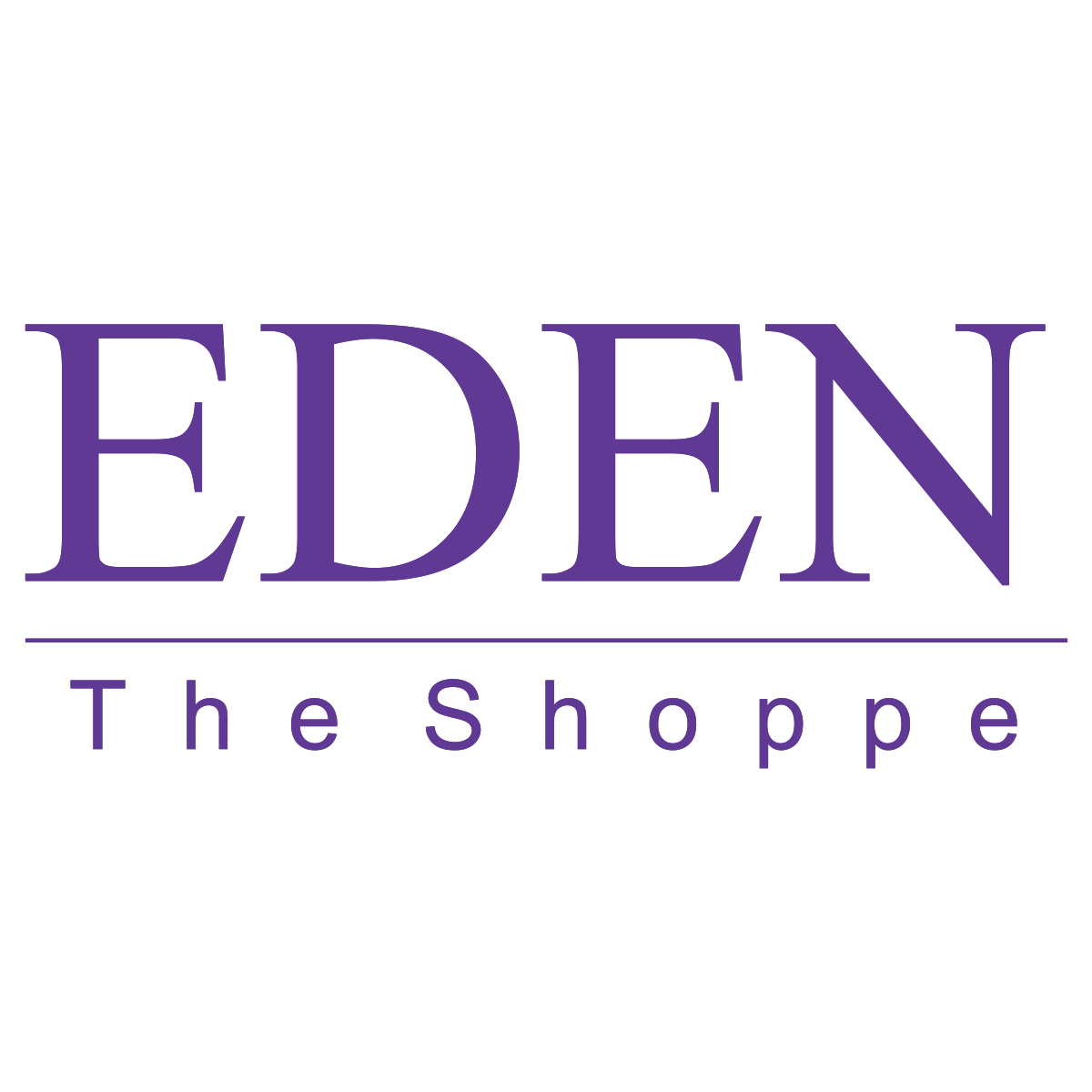Currently Empty: 0.00

The History of Workwear
The history of workwear in the office has undergone a fascinating transformation over the years. From the suit and tie to the modern business casual trends, the way we dress for work reflects the changes in workplace environments. Balancing fashion and function in office attire has become increasingly important as individuals seek to express their style while meeting professional expectations.
Traditional Office Attire
The evolution of office attire over the past century provides fascinating insights into changing workplace norms and values. The rise of the suit and tie as standard professional garb marked a pivotal transition, reflecting new ideals of masculinity, propriety, and managerial authority.
The Rise of Suite and Tie
In the late 19th and early 20th centuries, as business enterprises grew into complex corporations, a clean-cut and uniform appearance conveyed competence and reliability. The sober, conservative suit distinguished the organization man from manual labourers and signified membership in a serious profession. Adopting a white-collar uniform also served to minimize class differences within managerial ranks. Through their clothing, executives and clerks alike identified with corporate ideals of productivity and conformity.
Does gender play an important role?
Gender norms have long been embedded in office codes of conduct. While men’s roles as breadwinners were signified by the emblems of executive power – the suit, tie, and vest – women were expected to dress in ways that downplayed their authority and emphasized femininity. Secretary uniforms with lively prints, sheer hosiery, high heels, and jewellery implied that female employees were the first and foremost young ladies rather than career professionals. Revealing attire also brought the shadow of moral judgment.
The dress code has its language:
More recently, shifting cultural attitudes have relaxed formal policies around workwear. As startups and technology companies promote creative freedom and individuality, traditional standards have given way to casual Fridays, business casual, and relaxed combinations of professional and personal styles. Yet the tug of war between conformity and expression, formality and informality, continues to unfold. The clothes we wear to work still shape impressions reflect hierarchies, and nudge behaviours, even as the rules evolve.
Modern Office Attire Trends
- The shift towards business casual has become more prevalent in today’s workplaces, allowing for more flexibility and comfort.
- Incorporating technology into office attire, such as wearable gadgets and smart accessories, has become a trend in keeping up with the digital age.
- Embracing sustainability in workwear choices is on the rise, with a focus on eco-friendly materials and ethical production practices.
Influential Figures in Workwear Fashion
- Fashion designers have significantly influenced office attire, designing pieces that blend style and functionality.
- Celebrities have played a role in setting office fashion trends, showcasing unique and bold looks that inspire professionals.
- Social media has become a platform for sharing workwear inspiration, with influencers and bloggers shaping the way we dress for work.
Future of Workwear
The way we dress for work is continuously evolving along with changes in the workforce and work environments. Looking ahead, several key trends are predicted to shape the future of office attire and workwear.
One major area of change will be the further incorporation of technology into clothing and accessories. With the proliferation of smart devices and wearable tech, we can expect to see more workwear integrating advanced fabrics, sensors, and connectivity features. Shirts or blazers with built-in tech capabilities that allow for things like identification, security clearance, and hands-free device control are likely to become more commonplace. Materials like e-textiles that can monitor health stats or charge devices will also influence workwear design.
Sustainability is a major driving factor
Sustainability is another driving factor in the future of office fashion. As environmental consciousness grows, brands and consumers will continue moving towards workwear made from organic, recycled, or otherwise eco-friendly textiles. Life cycle assessments and transparency around supply chains and manufacturing practices will be increasingly important for workwear brands. We’ll see more offerings made from agricultural waste, mycelium fabrics, and recycled plastics as part of a circular economy.
Diversity, Equity, and Inclusion
Diversity, equity, and inclusion will also be at the forefront in shaping workwear norms. With a workforce made up of many generations, cultures, abilities, and gender identities, maintaining restrictive and exclusionary policies around office attire makes less sense. Instead, the future points towards more freedom of personal expression and identity affirmation through style. Workwear brands that embrace inclusive sizing, unisex designs, and flexibility around gender norms will resonate strongly.
The Right Balance is a priority
Even as workwear evolves, achieving the right balance between individual style and professional expectations will remain a priority. People will continue wanting to feel authentic self-expression while also presenting themselves as capable, respectable, and appropriate for their work context. This requires careful navigation of elements like casualness, enforceable policies, self-presentation, and situational norms. With proper consideration of these factors, the future holds opportunities for workwear that is progressive and adaptive while upholding workplace standards.
The next decade will bring exciting developments in the realm of office attire and work fashion. By keeping an open yet discerning eye on emerging trends, both employers and employees can thoughtfully traverse the line between stylish self-expression and professional presentation as we dress for the evolving workspace.
Summary
In conclusion, the evolution of workwear has seen a shift towards more fashionable and functional office attire. From traditional suits to modern business casual trends, the way we dress for work continues to evolve with changing workplace environments. By balancing style and functionality, individuals can express their unique personalities while still meeting professional expectations.
“Dress for the job you want, not the job you have.”
